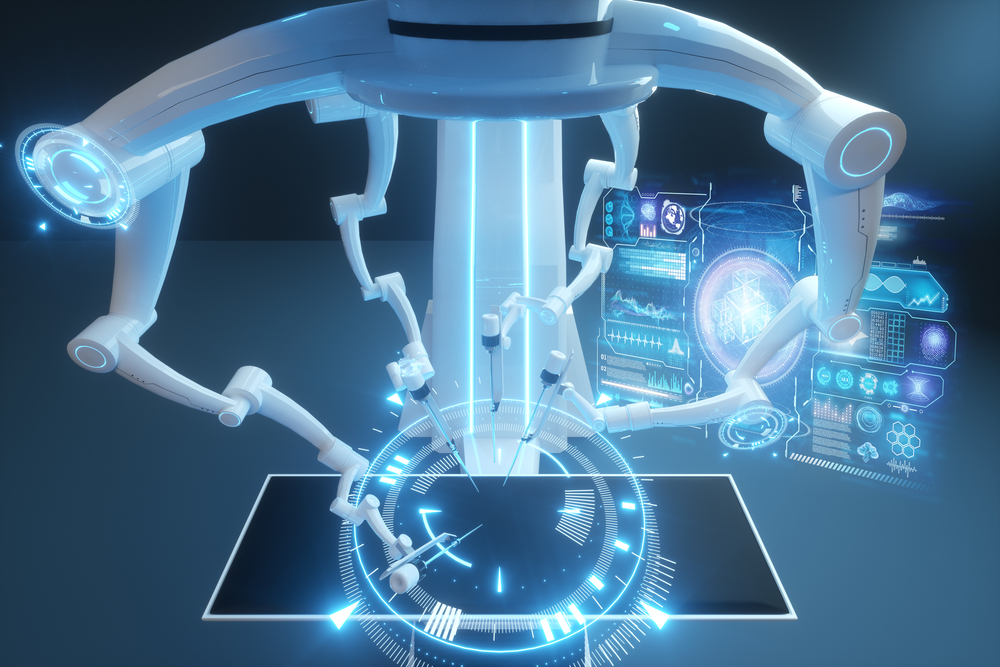
What Is Robotic Bariatric Surgery?
The surgeons at Alagsa can perform bariatric surgery using a robotic system.
This robotic bariatric surgery is much less invasive than traditional bariatric surgery because it uses small incisions in lieu of a large abdominal incision.
How It Works
Robotic bariatric surgery is performed with cutting edge technology called the da Vinci Robotic Surgery System. This is a robotic surgical assistance tool. It enables surgeons to perform bariatric surgery using computer guided, 3-D, magnified visualization.
The surgeon maneuvers the robot through small incisions in the patient’s abdomen. The robot has four arms which correspond to the movements the surgeon makes. This allows for extremely precise movements inside the body.
Ideal Candidates
Since the robotic system allows for increased visualization, it gives the surgeon more control over movements for severely obese patients. Severe obesity is anyone with a BMI of 40 or more or has at least 100 pounds to lose.
If you have a BMI of 35 with obesity-related health conditions such as high blood pressure or diabetes, you may be eligible for weight loss surgery.
Benefits of Gastric Bypass
Since robotic bariatric surgery gives surgeons an increased view of the stomach and surrounding organs, it enables them to execute precise, controlled movements during the surgery.
Compared to conventional laparoscopic weight loss procedures, robotic bariatric surgery offers patients several potential benefits. This includes:
- Reduced pain and scarring
- Quicker recovery
- Quicker return to regular activities
- Fewer complications
- Lower risk of needing follow-up surgery
- Less trauma to the body
- Lower infection rates
- Shorter hospital stays
- Much lower rate of gastrointestinal leaks
Risks of Robotic Bariatric Surgery
As with any other procedure, there are some risks associated with this surgery. These include:
- Dehydration
- Nutrition deficiencies
- Leaking from where bowel was cut or reconnected during surgery
- Food moving too quickly from the stomach to the small intestine.
Your doctor will discuss the risks with you and ensure that you are a good candidate for the procedure.
Recovery
Typically, you can expect a two to three-week recovery period after robotic bariatric surgery. It is critical to rest during the recovery period as this allows the body to heal.
You should always follow your doctor’s instructions on calorie consumption during the recovery period and avoid exercise as well.
Your surgeon will collaborate with you and your weight loss team to create a comprehensive diet and exercise plan to help you achieve your weight loss goals.
Keys to Success
For any bariatric surgery, the patient must be committed to a lifestyle change to be successful long-term. Some of the key things to focus on are:
- Eating three balanced meals each day
- Eat protein with every meal, preferably first
- Avoid snacking
- Drink plenty of water
- Exercise regularly
Robotic Bariatric Surgery for You
If diet and exercise just isn’t enough, it may be time to consider bariatric surgery. Now, it is easier than ever before to undergo surgery.
If you are interested in a less invasive option, robotic bariatric surgery may be right for you. Contact Alagsa today to learn more!
